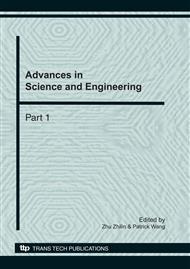p.604
p.610
p.619
p.625
p.631
p.637
p.643
p.647
p.652
Study on the Expended-Enterprise Information Portal Based on the Role Control Theory
Abstract:
Adopting the role-based access control solution, this paper focuses on the study of access level, the most important part of the enterprise information portal. In this paper, the original RBAC model was modified, methods such as domain and permission levels are applied to simplify and improve the access control, reducing the computation; client-side cache is adopted to improve the performance of the access control system. Finally, this paper uses the development of the portal modules to increase information portal functions, so that the needs of different users can be met.
Info:
Periodical:
Pages:
631-636
Citation:
Online since:
November 2010
Authors:
Price:
Сopyright:
© 2011 Trans Tech Publications Ltd. All Rights Reserved
Share:
Citation:


